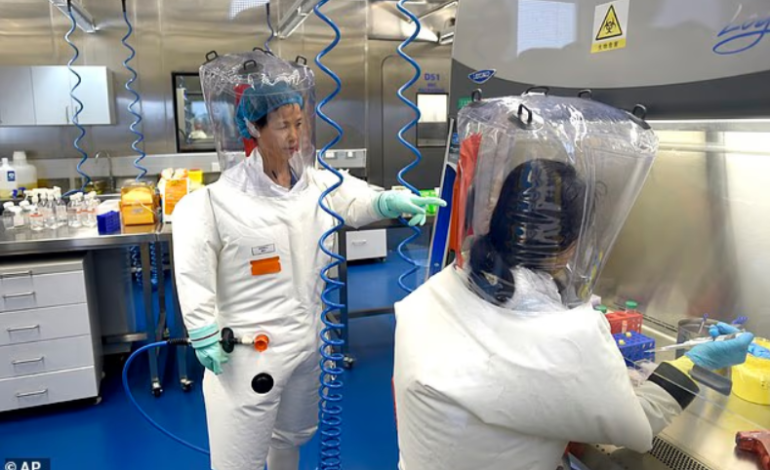A recently identified coronavirus found in bats in China has raised concerns among scientists due to its potential to cause human outbreaks, the Daily Mail reports.
The virus, known as HKU5-CoV-2, is closely related to the Middle East Respiratory Syndrome (MERS) virus, which has a high fatality rate, killing approximately one-third of those infected.
Researchers from Washington State University have studied how this new virus interacts with human cells. Their findings suggest that HKU5-CoV-2 may require only a small genetic mutation to infect humans and potentially trigger a pandemic.
Using a combination of live virus testing, protein modeling, and artificial intelligence simulations, the research team examined how the virus’s spike protein binds to ACE2 receptors—the same protein on human cells that enabled COVID-19 to spread globally. Their experiments involved pseudoviruses, which mimic the virus’s spike protein but are harmless and unable to replicate.
The studies showed that HKU5 can infect bat cells easily, but human cells only responded when the virus carried specific mutations enhancing its ability to attach to human ACE2 receptors. This indicates that a few genetic changes could allow the virus to infect humans efficiently.
Scientists caution that if the virus transfers to an intermediate animal host—such as mink or civets—it could mutate further and increase the risk of spilling over into the human population. Unregulated wildlife trade in China, where the virus was first identified, may heighten this risk.
HKU5 was originally discovered in 2005 in a species of bat called the Japanese house bat (Pipistrellus abramus). Only recently did researchers realize the virus can use the ACE2 receptor, which has been a critical factor in the infectiousness of SARS-CoV-2.
The new research expands on previous work by examining multiple variants within the merbecovirus family, which includes MERS-CoV and various HKU5 strains. Some strains, particularly HKU5 Lineage 2, already have the capability to bind human ACE2 receptors without further mutations, potentially posing an immediate threat.
Despite the concerning findings, there is currently no evidence that HKU5 has infected humans. However, the close genetic relationship to MERS and the demonstrated ability of certain strains to bind human receptors make ongoing surveillance crucial.
The discovery of HKU5 in bats from the same Chinese lab that has been linked to the origins of COVID-19 adds to the complexity and controversy surrounding the virus’s emergence. The exact source of COVID-19 remains debated, with theories including a lab leak and transmission via wet markets housing multiple animal species.










The latest news in your social feeds
Subscribe to our social media platforms to stay tuned